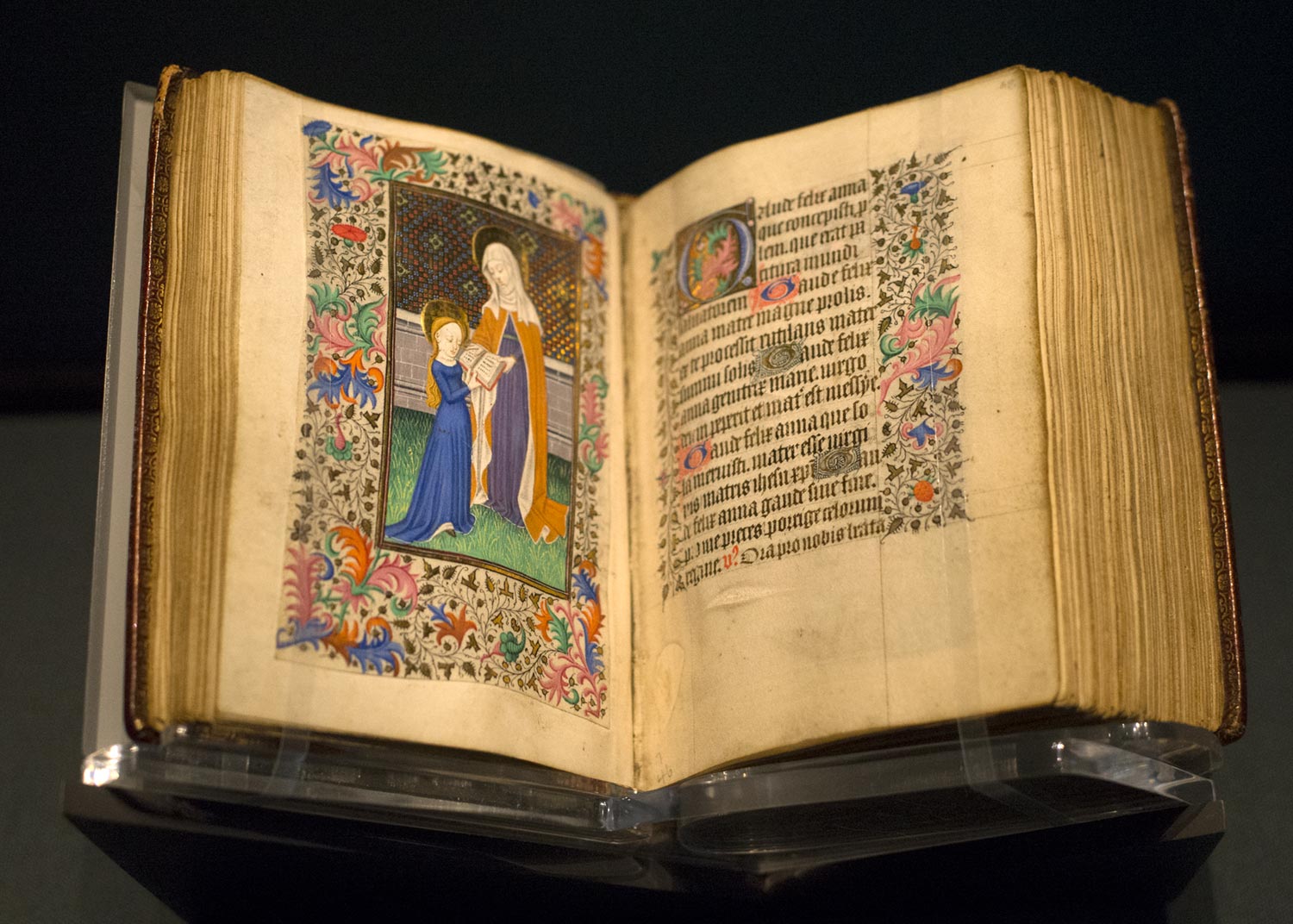A common misperception around natural materials and ingredients is that they’re not very archival, luminous or of a professional quality. Since 2011, Natural Earth Paint has been on a mission to dispel that myth and spread the surprising truth that non-toxic and natural ingredients are actually far more archival, radiant, stable and professional quality than their synthetic counterparts.
The proof is in the cave paintings, the Renaissance Master’s paintings, Egyptian art and the “Illuminated Manuscripts” of the Middle Ages.

These stunning books from the 13th century are still around today, and they are amazingly well-preserved as they were made with all nature-based materials. These hand-made books were cherished as symbols of everlasting sacred knowledge. Paper had not yet been invented, so parchment (animal skins) was used for the pages of the books and the covers were made from dried hides of animals that were soaked in lime. All the materials used in the process were natural which explains why they have lasted the test of time.

The bookmakers of the middle ages were primarily monks, and monasteries held libraries full of these sacred texts. Pens, or “quills” were made from bird feathers or reeds, which were soaked in water, dried and hardened with heated sand. The ink for the quills came from Gallnuts (growths found on oak trees). The reason they are called “illuminated” manuscripts is because they would use hammered down metals such as gold or silver leaf as decoration. They would start by laying gesso or gum (tree sap) on the pages boarders and use their own saliva to apply the gold leaf to the edges of the page so that it would stick. The paint used in the manuscripts was egg tempera, which was the most popular and predominantly used paint of the time.

Egg Tempera is a permanent, fast drying and long lasting paint that was made by hand-mixing dry powdered pigments into egg yolk and water. This beautiful water-based paint is known for its luminosity and ability to create fine linear details as well as its jewel-like appearance. If egg yolk was not on hand, they resorted to using binders such as glue, honey, water, or milk. Some sources say that other occasional binders included urine and human earwax.

They used a wide selection of earthen materials to mix with the egg yolk. For red they would use natural red earth, crimson and even rust. For yellow they would use natural dyes such as turmeric and saffron or natural pigments like yellow ochre. The color green was made from the mineral Malachite which was ground into a powder, blue commonly came from Azurite, and white came from chalk.

After the painting was finished, the last step was the binding. The folded sheets of parchments were sewn to the spine of the book with linen thread. To protect the manuscript, wooden boards were placed on the front and back as covers, then wrapped in the dried animal hides.

Like the natural, earth-based paintings of the cavemen, these works of art have lasted because of their UV resistance, humidity resistance, and lightfast-ness, and because they were made with the longest-lasting and archival pigment in existence today. These paints did not contain preservatives, fillers, petroleum-based additives or heavy metals and are still as luminous as the day they were painted. We at Natural Earth Paint celebrate the slow, thoughtful art of mixing your own pure paint using natural materials to create brilliant and long-lasting art for generations to enjoy!
Interested in learning more about Natural Earth Paint history? Visit our History page!
Follow us on Instagram, Facebook, and Pinterest for more natural inspiration.





